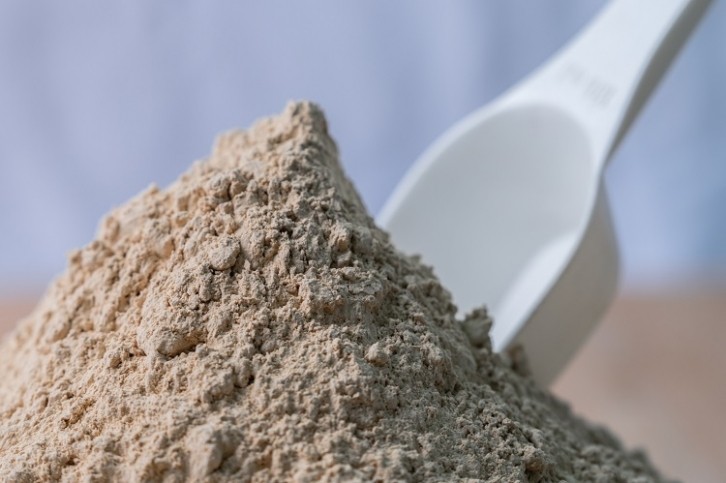Yeast Proteins: A Sustainable Revolution in Food Science
The global demand for protein is on the rise, driven by a growing population and increasing awareness of the health benefits of protein-rich diets. Traditional sources of protein, such as meat and dairy, have significant environmental impacts. In response, scientists and food technologists are exploring sustainable and innovative alternatives. One promising candidate is yeast protein, a microbial protein source that offers numerous benefits.

The Promise of Yeast Proteins
Yeast proteins are derived from microorganisms, primarily strains of Saccharomyces cerevisiae, a species commonly used in baking and brewing. These proteins are celebrated for their high nutritional value, environmental sustainability, and versatility in food applications. They contain all essential amino acids, making them a complete protein source comparable to animal proteins.

Nutritional Profile and Health Benefits
Yeast proteins boast an impressive nutritional profile. They are rich in essential amino acids, B-vitamins, and minerals such as iron and magnesium. This makes them not only a robust protein source but also a nutrient-dense food ingredient. Additionally, yeast proteins are low in fat and cholesterol-free, aligning with modern dietary trends focusing on heart health and weight management.
Environmental Sustainability
The production of yeast proteins is environmentally friendly. Unlike traditional livestock farming, yeast cultivation requires significantly less land, water, and energy. It also produces fewer greenhouse gases, contributing to a lower carbon footprint. This makes yeast proteins an attractive option for consumers and industries looking to reduce their environmental impact.
Applications in the Food Industry
Yeast proteins are versatile and can be used in various food products. They can enhance the nutritional content of plant-based meat alternatives, dairy-free products, and functional foods. Moreover, yeast proteins can improve the texture, flavor, and shelf-life of these products, making them more appealing to consumers.
Functional Properties
Beyond nutrition, yeast proteins offer functional benefits in food processing. They can act as emulsifiers, stabilizers, and texturizers, improving the quality and consistency of food products. This functionality allows food manufacturers to innovate and create new products that meet the demands of health-conscious and environmentally aware consumers.
Challenges and Future Directions
Despite the potential of yeast proteins, there are challenges to overcome. The cost of production is currently higher than some traditional protein sources. Additionally, consumer acceptance and regulatory approvals are critical for widespread adoption. However, ongoing research and technological advancements are expected to address these issues, making yeast proteins more accessible and affordable.
Yeast proteins represent a promising frontier in the quest for sustainable and nutritious food sources. Their high nutritional value, environmental benefits, and functional properties position them as a key player in the future of food science. As research and development continue, yeast proteins are likely to become a staple in our diets, contributing to a healthier planet and population.
Source: Science Direct
